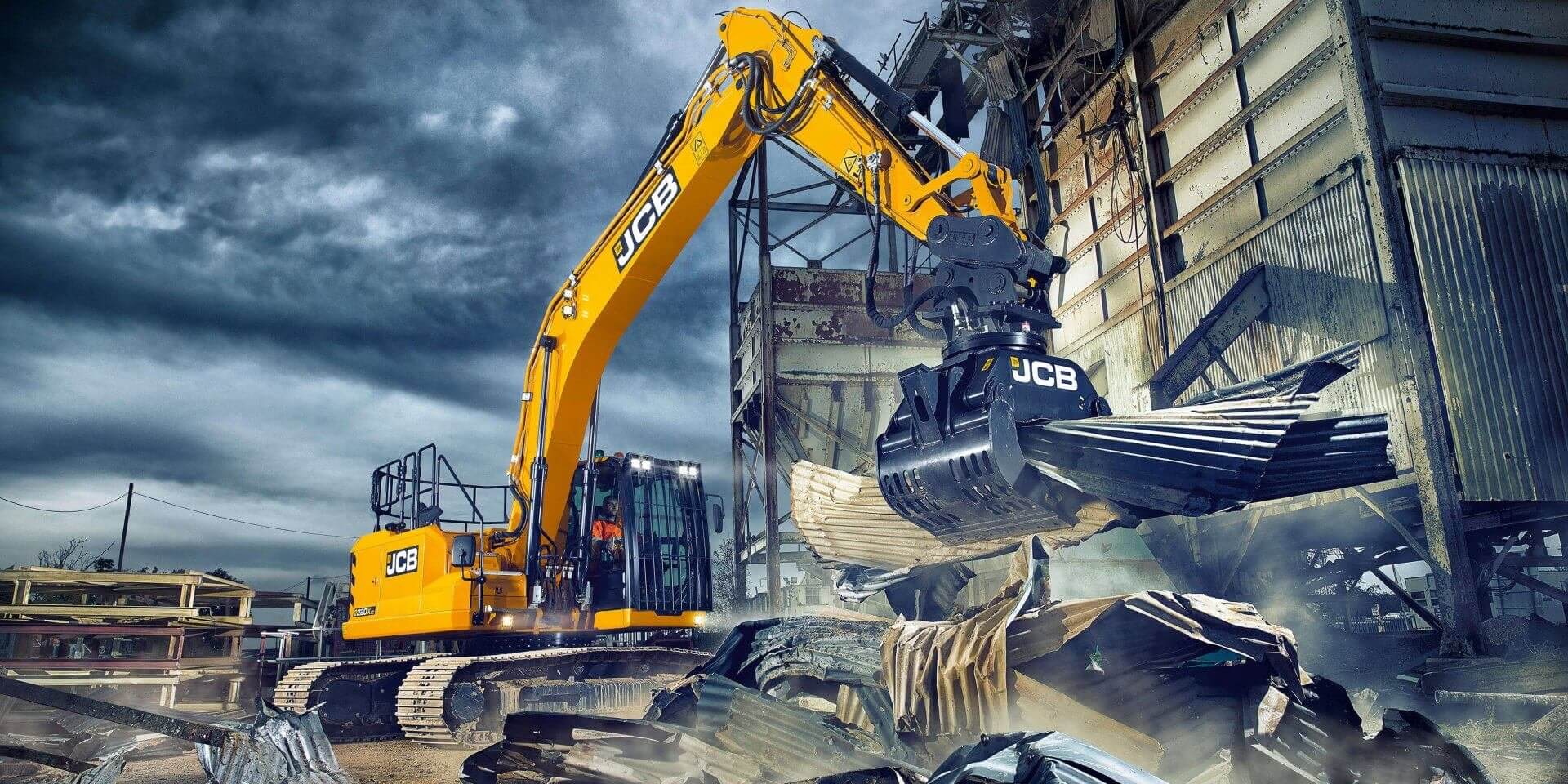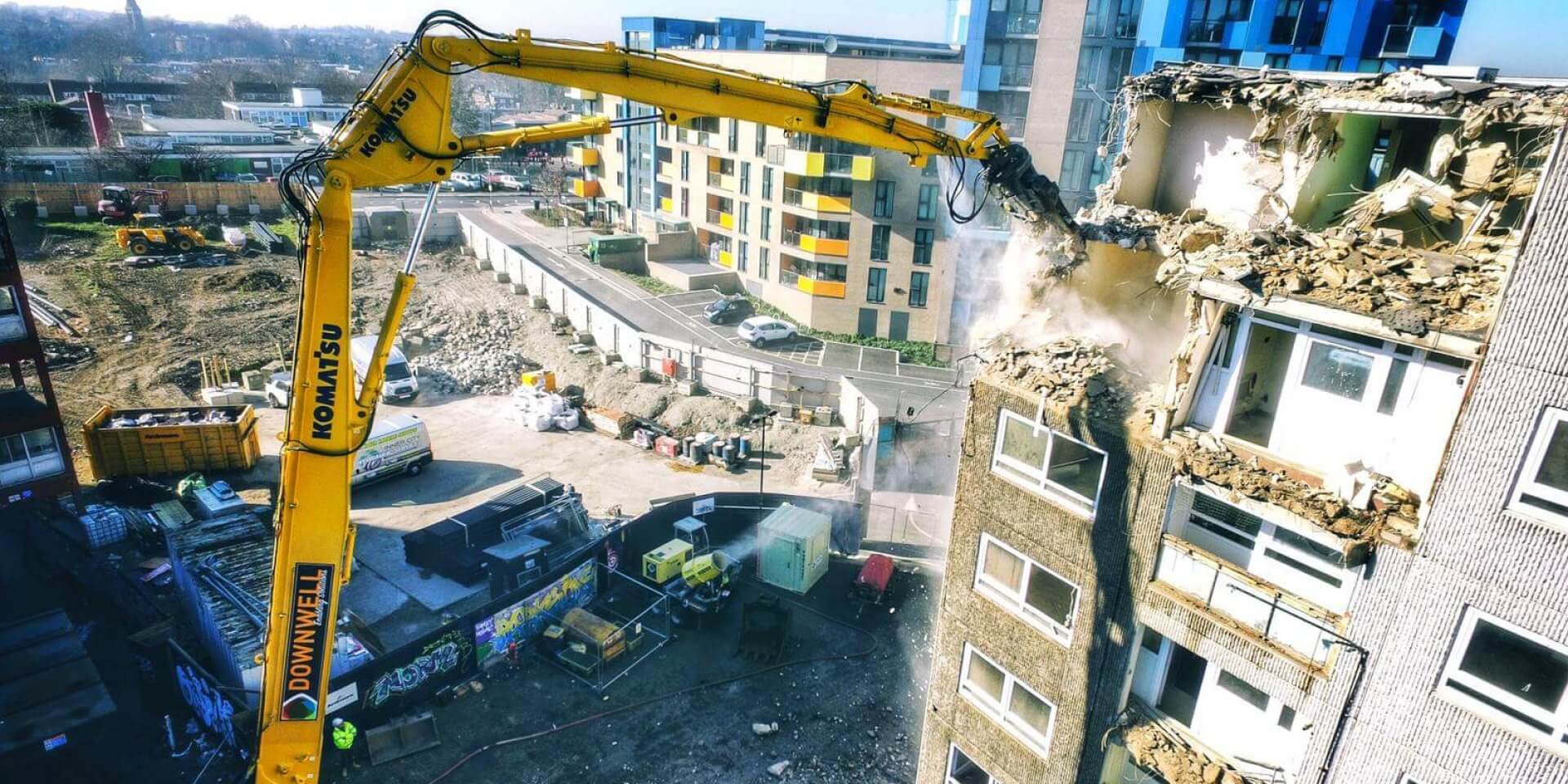Would a high reach excavator register help prevent future accidents?
 Under normal circumstances, we try to keep our posts here on Demolition News and those on Construction Equipment’s Demolition Digest totally separate; the readerships of the two are usually very different, and while Demolition News aims at a global market, Demolition Digest is aimed squarely at readers in North America. However, we have just posted a new item on Demolition Digest that we believe merits wider discussion.
Under normal circumstances, we try to keep our posts here on Demolition News and those on Construction Equipment’s Demolition Digest totally separate; the readerships of the two are usually very different, and while Demolition News aims at a global market, Demolition Digest is aimed squarely at readers in North America. However, we have just posted a new item on Demolition Digest that we believe merits wider discussion.
As the UK’s Health and Safety Executive rolls out its Tower Crane Register programme, we’re asking whether the demolition industry needs a similar, possibly self-policed system to monitor the sale, deployment, maintenance and inspection for high and ultra high reach demolition excavators.
You can read the full article and add your comments there or in the comments area below.





 Here’s one Chinese invention that we sincerely hope doesn’t catch on over here. A restaurant owner in the Chinese city of Yayuncun is looking to hire an “anti-demolition guard” to prevent her business from being torn down without her permission.
Here’s one Chinese invention that we sincerely hope doesn’t catch on over here. A restaurant owner in the Chinese city of Yayuncun is looking to hire an “anti-demolition guard” to prevent her business from being torn down without her permission. The newly revamped National Demolition Association
The newly revamped National Demolition Association  New York state Department of Transportation spokeswoman Deborah Sturm Rausch says the federal agency is expected to sign off on the plan to demolish the deteriorated bridge linking New York and Vermont by Monday, the day the project’s prime contractor will be taking bids from subcontractors.
New York state Department of Transportation spokeswoman Deborah Sturm Rausch says the federal agency is expected to sign off on the plan to demolish the deteriorated bridge linking New York and Vermont by Monday, the day the project’s prime contractor will be taking bids from subcontractors.  This is the new AUS$9.9 million foot bridge which could be demolished – and rebuilt – to make way for the multibillion-dollar Northern Link tunnel project.
This is the new AUS$9.9 million foot bridge which could be demolished – and rebuilt – to make way for the multibillion-dollar Northern Link tunnel project.